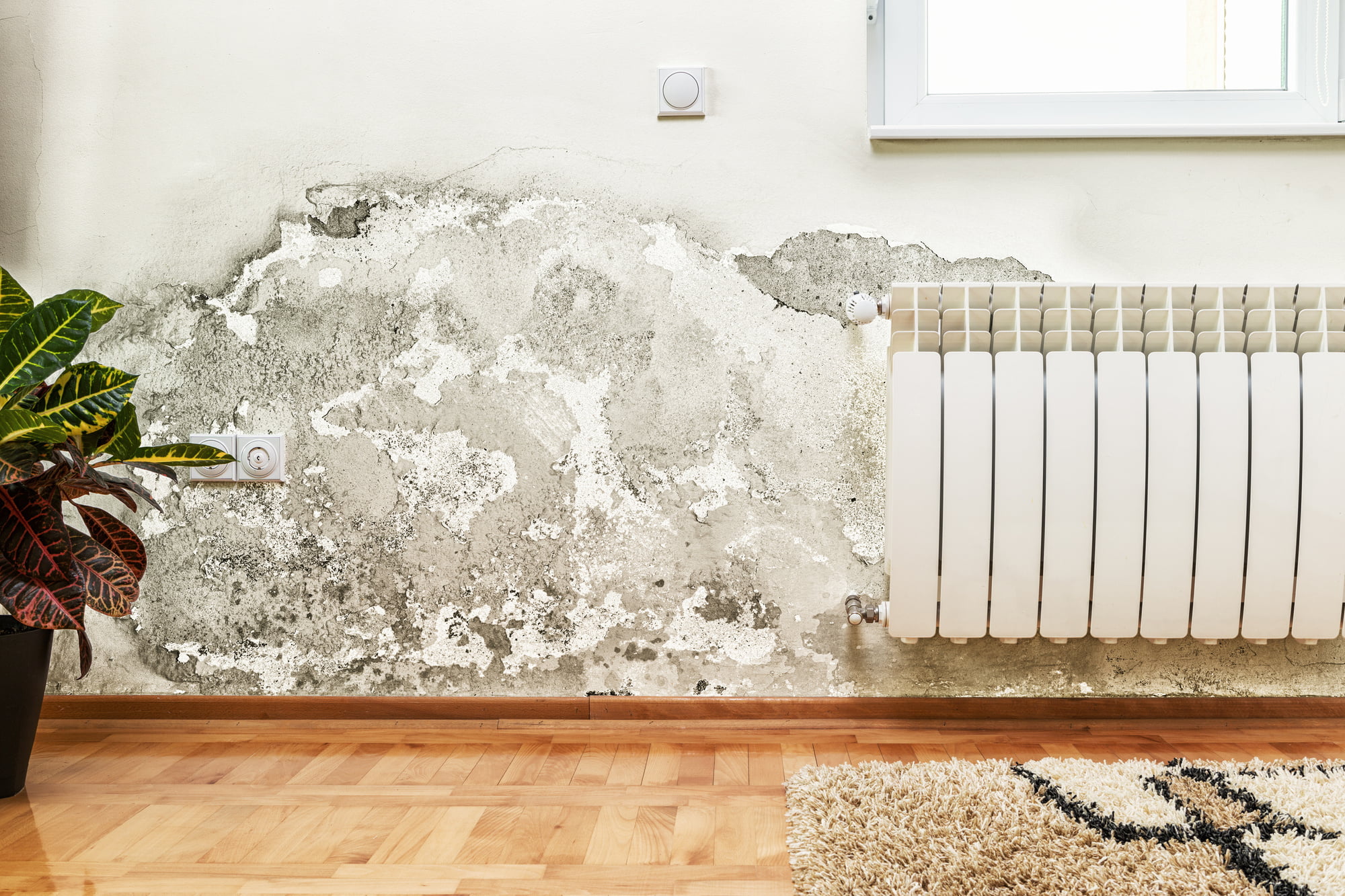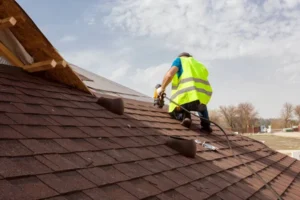These days, no one can predict the weather. When bad thunderstorms hit, the best thing to do is to cower indoors.
But did you know that bad weather isn’t the only thing that can damage your home? Even if you stay safely inside, you can still suffer damage from mold growth.
And this mold can spread in no time, and it can be hard to remove. So how do you ensure that they stop growing in the first place?
We’ve got you. Here’s what you need to know on how to stop mold growth in your home:
Identify Potential Sources of Mold
To properly prevent mold growth, you first need to identify what caused it. Common culprits include leaky faucets, water damage, wet basements or attics, and even outdoor mold growth. You should inspect your homes for any visible signs of mold growth and you should also be on the lookout for standing water or water stains.
Keep Humidity Levels Low
Maintaining low humidity levels is an important part of inhibiting mold growth in the home. Mold spores thrive in humid environments, so the first step in preventing mold growth is to keep the air at relative humidity.
So consider installing a portable dehumidifier. If the problems persist, you should contact a specialist. They can perform a mold inspection to identify possible sources of excessive moisture.
Have Proper Ventilation
Having proper ventilation is essential to preventing mold growth in the home. This starts with making sure windows are open when in use for activities such as cooking, bathing, and laundering. It can also include an adequate system such as a bathroom fan or dehumidifier can help replace air.
Ensuring there is regular air circulation is key. It helps remove humidity and waste products that can encourage mold growth. Keeping ventilation open between occupied rooms is also an important part of proper ventilation.
To help you, you should consider consulting a professional for their assistance. They can assess the ventilation and air management of your home. Proper maintenance of your home and its ventilation system should help keep mold at bay.
Fix Leaks
To prevent mold growth, you need to take quick action to fix home leaks. First, locate the source of the leak and turn off the water supply in the affected area. Next, determine the material that is leaking and patch the leak, ensuring it is securely sealed with caulk or an epoxy patch.
If the affected area is not accessible, consider calling a qualified plumber to help with repairs. Once leaks are fixed, you should look for signs of mold spores and address the issue promptly. Clean all surfaces with a mild anti-fungal detergent and dry them completely.
Clean Up and Dry Your Home After a Flood
After a flood, the best way to go about it is to clean and dry the home. This means getting rid of any standing water and any items damaged by the water. You need to thoroughly dry any wet items, fabrics, and carpets.
You should also clean hard surfaces with a detergent and water solution. Use a solution of one teaspoon of chlorine bleach per quart of water to sanitize surfaces.
Use Mold Inhibitors in Cleaning Bathrooms
Mold inhibitors can be in a variety of products such as detergents, soaps, and shower cleaners. Using products that contain these agents can reduce the growth of mold and mildew in the bathroom.
Make sure to choose a product specifically designed to inhibit mold growth. This is because some generic household cleaners do not contain these agents.
When cleaning bathrooms, use the mold inhibitor product by following the directions on the bottle. Scrub all surfaces thoroughly and ensure the room is properly ventilated. This will make sure that moisture doesn’t linger and cause mold to form.
Be sure to check any areas of high moisture and use mold inhibitors periodically. Following these steps will help keep mold and mildew at bay and reduce the risk of mold infestation in the bathroom.
Keep Your Rain Gutters Clean
Keeping your rain gutters clean is essential for preventing the growth of mold. Mold is a type of fungi that is commonly found in damp and humid areas. This includes places like bathrooms and basements, as well as areas surrounding blocked or clogged gutters.
To keep your rain gutters clean, start by inspecting them regularly for debris like leaves and twigs. Make sure to remove any blockages promptly since they can cause water to overflow. If left unchecked can create ideal conditions for mold to grow.
You can also use proper sealing around the roof, windows, and other areas of the house where water can seep in and form puddles. Performing regular gutter cleanings and sealant maintenance is essential in mold prevention.
Don’t Hang Clothes to Dry Inside
One of the most effective ways to prevent the growth of mold is to not hang clothes to dry inside. When wet clothes are hung up to dry inside, the air-tight environment can cause the wet clothes to stay wet for extended periods. This provides the perfect environment for the growth of mold.
Using an outdoor clothesline or a drying rack can help to reduce or prevent this problem. But if you do choose to dry your clothes inside, be sure to run a fan or open a window for ventilation. This helps reduce moisture in the air, reducing the risk of mold growth.
Make sure to dry and store wet towels and clothes as soon as possible to further reduce the risk of mold growth. With a few prevention methods, you can effectively decrease the chances of mold growing in your home.
Follow Our Guide on How to Stop Mold Growth
Mold growth prevention is key to maintaining a healthy and safe home environment. So you should follow the steps outlined in this guide to ensure their space is free from mold. Removal of excess moisture, regular inspections, and cleaning surfaces are all steps to stop mold growth.
So what are you waiting for? Now that you know how to stop mold growth, take action right away. Start keeping mold away today!
Did you find this article helpful? If so, check out the rest of our site for more.









